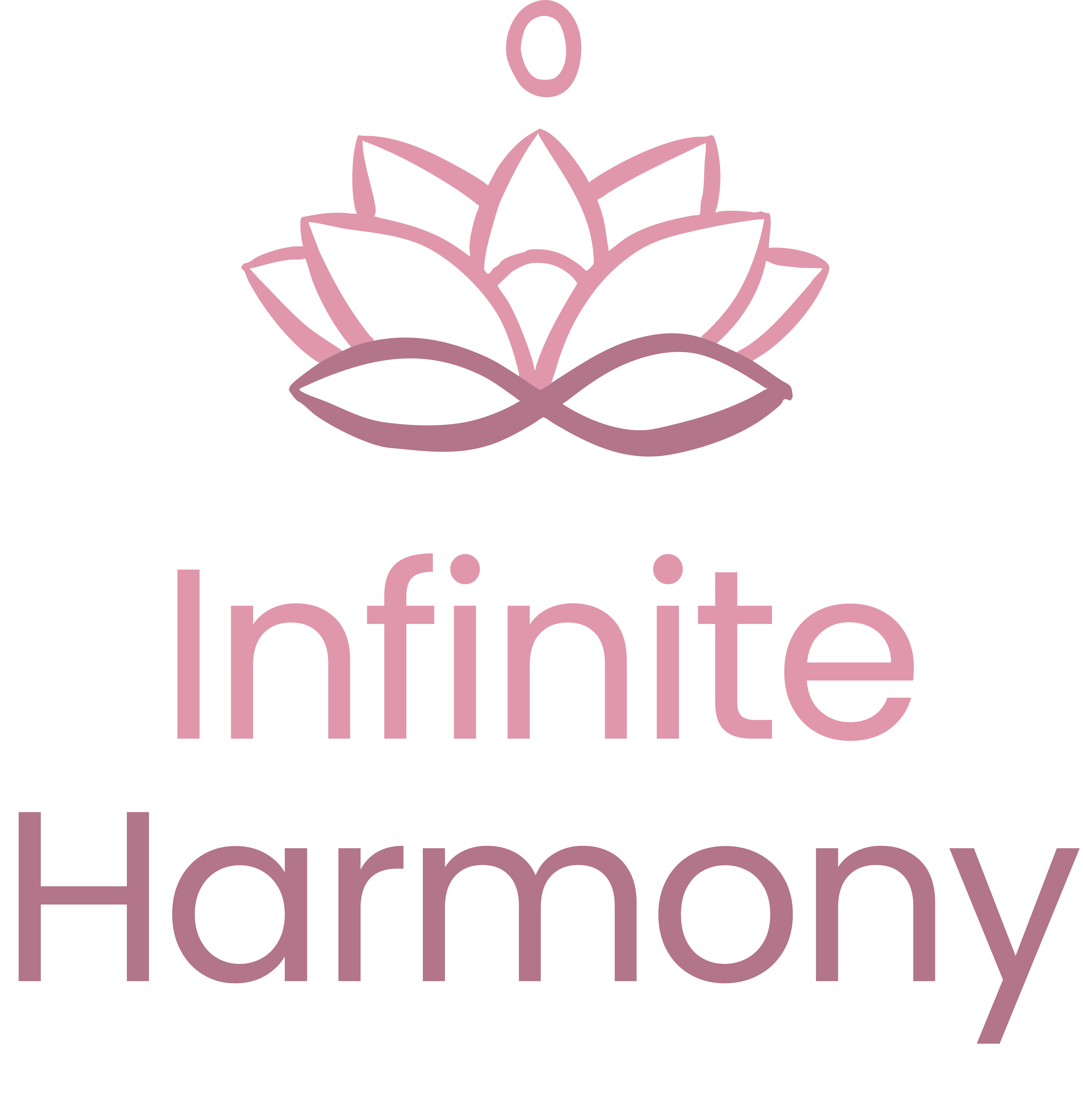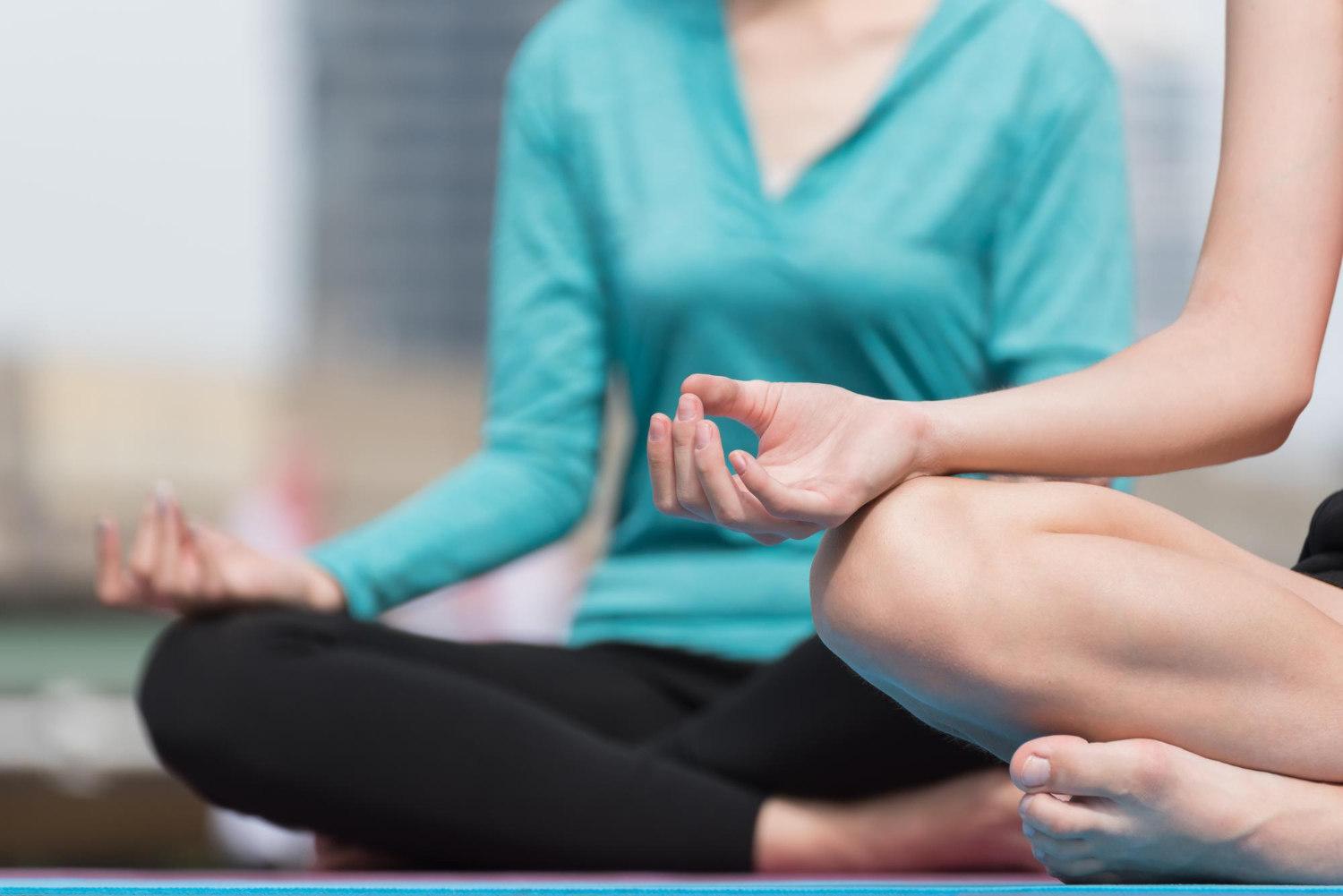The Pause Between Breaths – Rediscovering Stillness in a Busy World
There’s a moment in every breath, a quiet space between inhale and exhale, where nothing happens and everything resets.
This is the natural pause between breaths - the gentle stillness that arises on its own before the next movement of air. It’s the body’s built-in moment of rest, a space where everything softens and steadies.
Most of us move through our days without noticing that space. We rush from one task to the next, inhaling information, exhaling decisions. There’s little room for pause, and even less for reflection. Yet the nervous system, much like the breath, needs those moments of stillness to restore equilibrium.
The modern imbalance
The pace of contemporary life, constant communication, relentless notifications and endless output, keeps us in a state of low-level alert. Our sympathetic nervous system hums in the background, preparing us to “do” more, even when we don’t need to.
Over time, that chronic activation can manifest as anxiety, fatigue, brain fog or burnout.
Stillness isn’t just a pleasant idea. It’s a physiological necessity. When we pause, even briefly, we signal safety to the body. The heart rate steadies, the breath lengthens and the prefrontal cortex, the part of the brain responsible for clear thinking, switches back on.
In short, stillness restores access to wisdom.
The pause as practice
In Yoga Therapy, I often invite clients to “find the pause.” Sometimes it’s as simple as noticing the moment before an exhale, the quiet threshold before release. Other times it’s taking a mindful break between meetings or giving yourself permission to stop striving for a few breaths.
That single, conscious act of pausing can change everything.
It softens the inner critic.
It restores perspective.
It allows emotion to move through rather than build up.
And over time, it becomes a practice of self-regulation, one that anyone, regardless of flexibility or yoga experience, can learn.
Stillness as a leadership skill
In the workplace, we often associate momentum with effectiveness. But every good strategist, musician or athlete knows that rhythm relies on rest.
The pause gives meaning to the movement that follows.
When leaders build pauses into their day, before responding to an email, beginning a meeting or finalising a decision, they cultivate clarity, emotional intelligence and authority grounded in calm.
They become more responsive and less reactive.
Stillness, in this sense, isn’t withdrawal; it’s refinement. It’s learning to act from a place of centred awareness rather than chaos.

Bringing it home
If you’d like to experiment with the pause, try this:
1. Stop what you’re doing. Close your eyes if you can.
2. Inhale slowly for a count of four.
3. Hold the breath for two counts, not as strain but as stillness.
4. Exhale for a count of four.
5. Pause again and notice the quiet before the next inhale.
Repeat three times. It takes less than a minute, but the shift can be profound.
When the body leads the way
For some people, finding stillness on their own can feel difficult. That’s where practices such as Yoga Therapy and Yoga Nidra come in, structured ways of retraining the nervous system to recognise safety and rest.
These approaches are especially powerful for anyone recovering from chronic stress, burnout or anxiety, or those simply seeking a more sustainable rhythm of living and working.
And for organisations, short corporate wellbeing sessions can introduce the same principles to teams, helping people reconnect with focus, energy and presence at work.
Closing reflection
Stillness isn’t the opposite of progress; it’s the condition that makes progress possible.
In every breath, there’s a moment of renewal, a chance to pause, reset and return to ourselves.
It’s where clarity lives.
It’s where energy replenishes.
It’s where mindful living begins.
Mindful Moment Practice
Next time you finish a task, before you reach for your phone or open another tab, take one conscious breath.
Feel the space before your next inhale.
That’s the pause. That’s your reset.
Explore Further
• Yoga Therapy 1-2-1s: For stress, fatigue or nervous system recovery.
• Yoga Nidra Evenings: Guided rest practices for deep renewal.
• Corporate Wellbeing Packages: Mindfulness and movement for resilient teams.





